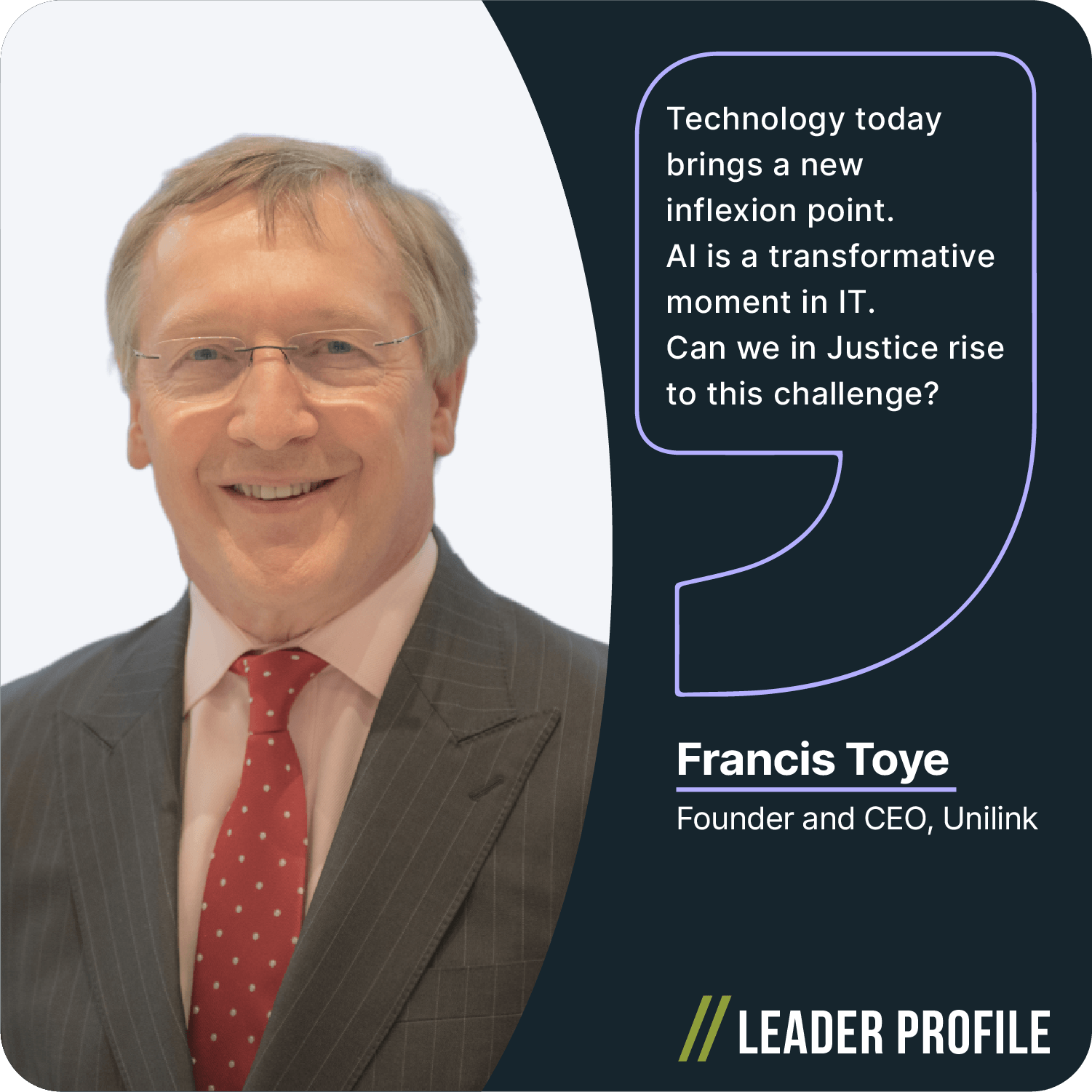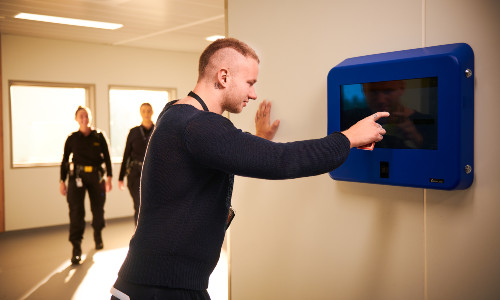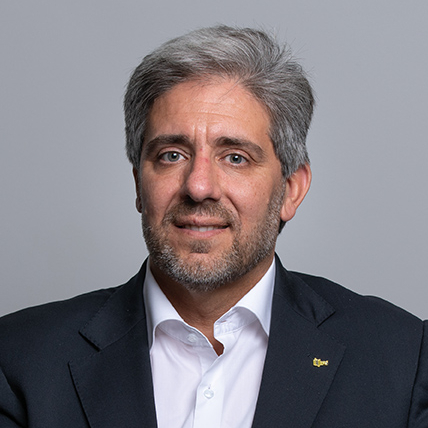
An inspiring look at the projects and contributions of leaders in the Justice sector
Welcome to the JUSTICE TRENDS // Leader Profile – Interview series, where we bring you the stories and insights of distinguished leaders in Criminal Justice worldwide.
Guest
Francis Toye
Founder and CEO, Unilink
With operations in the UK, Australia, and Norway, its award-winning software is used in over 200 facilities worldwide, modernising and humanising justice systems.

This is a multimedia interview
Reflecting on 30 years of Unilink, what were the most significant challenges, changes, and lessons learned?
Thirty years of leadership and change
FT: When we started, I never imagined we’d grow to the size we are today, with about 180 people. In 1994, a combination of circumstances led me to launch what was then Unilink Computers, an IBM reseller. As a former IBM employee, it was a relatively smooth way to start running my own business.
I had always wanted to work in IT, ever since studying physics at Imperial College. It had seemed a fascinating area to get into, a field that is always changing. While at IBM, I realised I enjoyed working at the interface between public and private sectors, helping the public sector make effective use of IT. And that’s what we have been doing over the last 30 years.
Things never run smoothly and I have learnt many, many lessons over this time. In 2001, during the dot-com boom and bust, I had to let some people go. The first lesson I would highlight is: if you have to cut, cut deep, cut quickly, and do it just once. I didn’t, and had to do it twice, which was very painful.
Another major lesson for me has been learning to manage and, more importantly, to lead.
Leadership is particularly important today, with tight budgets, weak infrastructure, and challenges like overcrowded prisons in the UK.
And with a tsunami of technological change coming with AI, you really need to know where you are going. AI will affect everything—our homes, our work lives—and its full impact is yet to be felt, but it will bring massive change.
What do you see as the most significant impact of technology on modernising prisons and improving rehabilitation efforts?
Technology’s impact on modern prisons
FT: The most significant impact I see is in improving prison administration. Any interventions aimed at reducing risk or increasing the chances of rehabilitation are more likely to succeed. When we started working with the prison sector in 2001, I always felt that prisons were the place that technology had forgotten. IT systems weren’t allowed, and prisons were decades behind in technological advancements.
In the UK, the Strangeways Prison riot of April 1990 led to the introduction of wing-based telephony. So, while prisons got telephones, the rest of the world became increasingly technological, with advancements ubiquitous except in prisons.
Where is the impact now? It’s tools for better offender management, prisoner self-service, messaging, video calls, and tools like AIM (Alert. Intervene. Monitor), which can monitor behaviour and help prison staff identify individuals at risk of self-harm. In general, technology is improving the justice system: increasing family contact, making visits easier, improving administration, and removing much of the reasons for stress in prisons. They’re stressful enough without poor administration.
At the same time, it’s handling responsibility to those who serve the sentences, empowering them in their education and scheduling of purposeful activities. Ultimately this enables prisons to become more effective as rehabilitation environments and much safer to run.
In general, technology is improving the justice system: increasing family contact, making visits easier, improving administration, and removing much of the reasons for stress in prisons.
How have Unilink’s solutions contributing to improving prison operations and rehabilitation outcomes?
Improving outcomes with Unilink solutions
How does Unilink ensure security, privacy, and ethical standards while driving digital transformation in the justice sector?
Ensuring security and privacy standards
FT: The issues of security, privacy and ethics are always with us in this field. A key part of our approach is the long-term experience of our staff, many of whom have been with us for years. We’ve built a foundational understanding on how the data we work with is highly sensitive, must be secure, and anonymised before being processed. These are concerns which apply to all sorts of data, even to the extent of who is messaging or visiting whom.
This is vital security data and every system that we have has to be security checked. All our staff has a level of security clearance following standards from ISO 9001, ISO 27000 and Cybersecurity Essentials Plus certifications.
We’ve implemented processes to ensure security, privacy, and ethical principles are embedded throughout the business. It’s just fundamental to the organisation now.
This focus is why we exclusively work in this sector—we understand the specific requirements of managing and safeguarding this kind of data.
And when it comes to AI, this is going to be even more of an issue. That why we’re dedicating time to understanding AI architectures and building systems that prevent potential future issues.
There’s never been an opportunity like this to harness the vast amounts of data held by many departments of Corrections.
What opportunities do emerging technologies like AI present for the future of digital justice?
AI’s opportunities in digital justice
FT: Honestly, I am blown away by the opportunities AI brings to the justice sector. We’ve been working on AI for the past two years, building our understanding of the legislation coming in the EU and the UK. At the same time, we are partnering with organisations developing AI products to work out how to best apply them within the justice sector. I think the possibilities for what we can deliver are stunning.
As a very simple example, we can translate FAQs on our self-service system on the fly into any of 50 or 60 languages, and even have the AI speak them to individuals in custody. The more complex advancements are obviously going to be looking at behaviour of people within the justice system, assessing risk, the possibility of self-harm, recidivism, and analysing behaviour patterns. These insights can support decisions about early release and help reduce reoffending.
There’s never been an opportunity like this to harness the vast amounts of data held by many departments of Corrections. By applying AI tools, we can transform that data deliver real value, helping these departments operate more effectively.
Obviously, we have got to harness AI responsibly, to avoid issues like bias or inaccuracies. But we can handle those issues, and we can make it work to deliver extraordinary value in the future.













